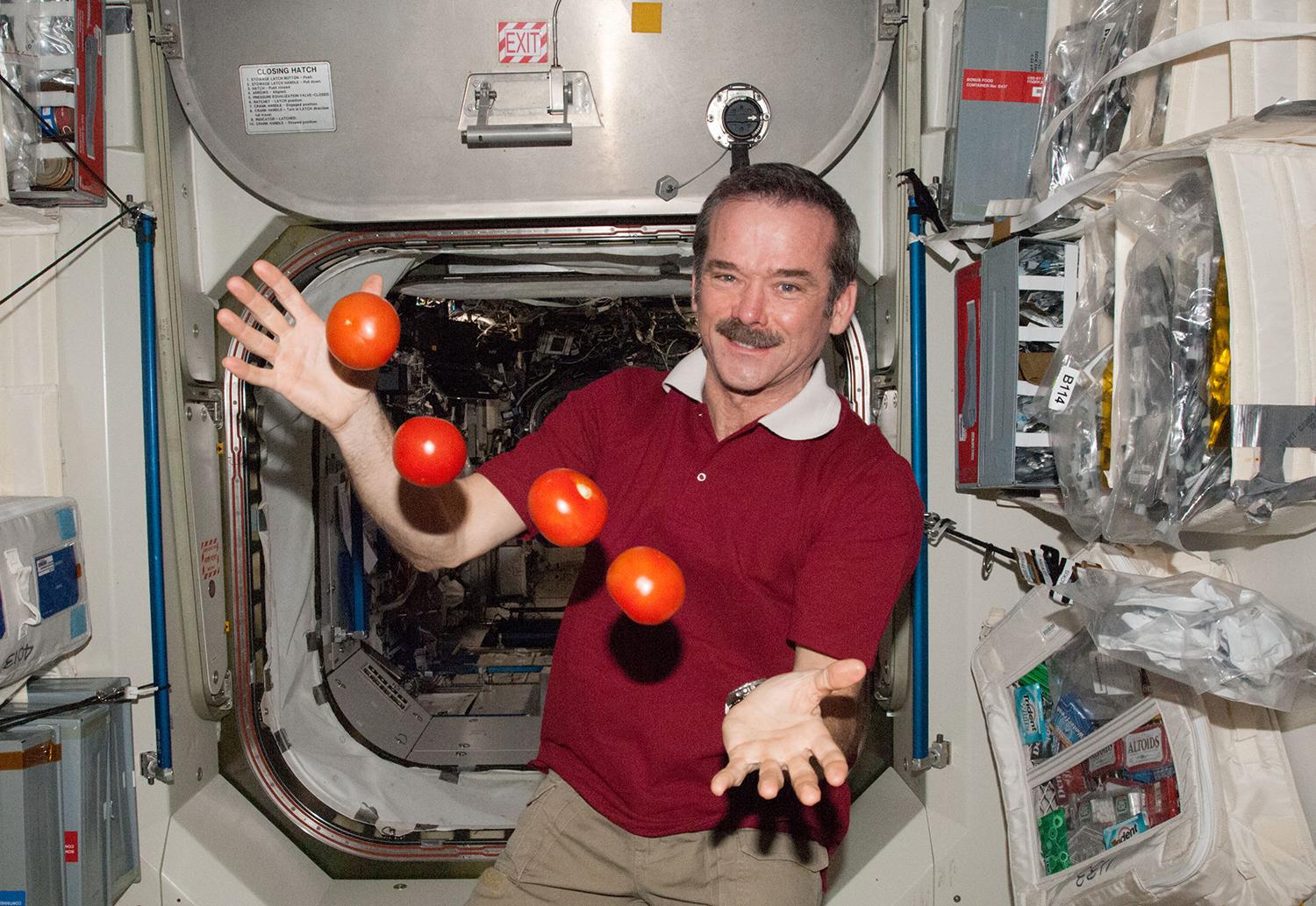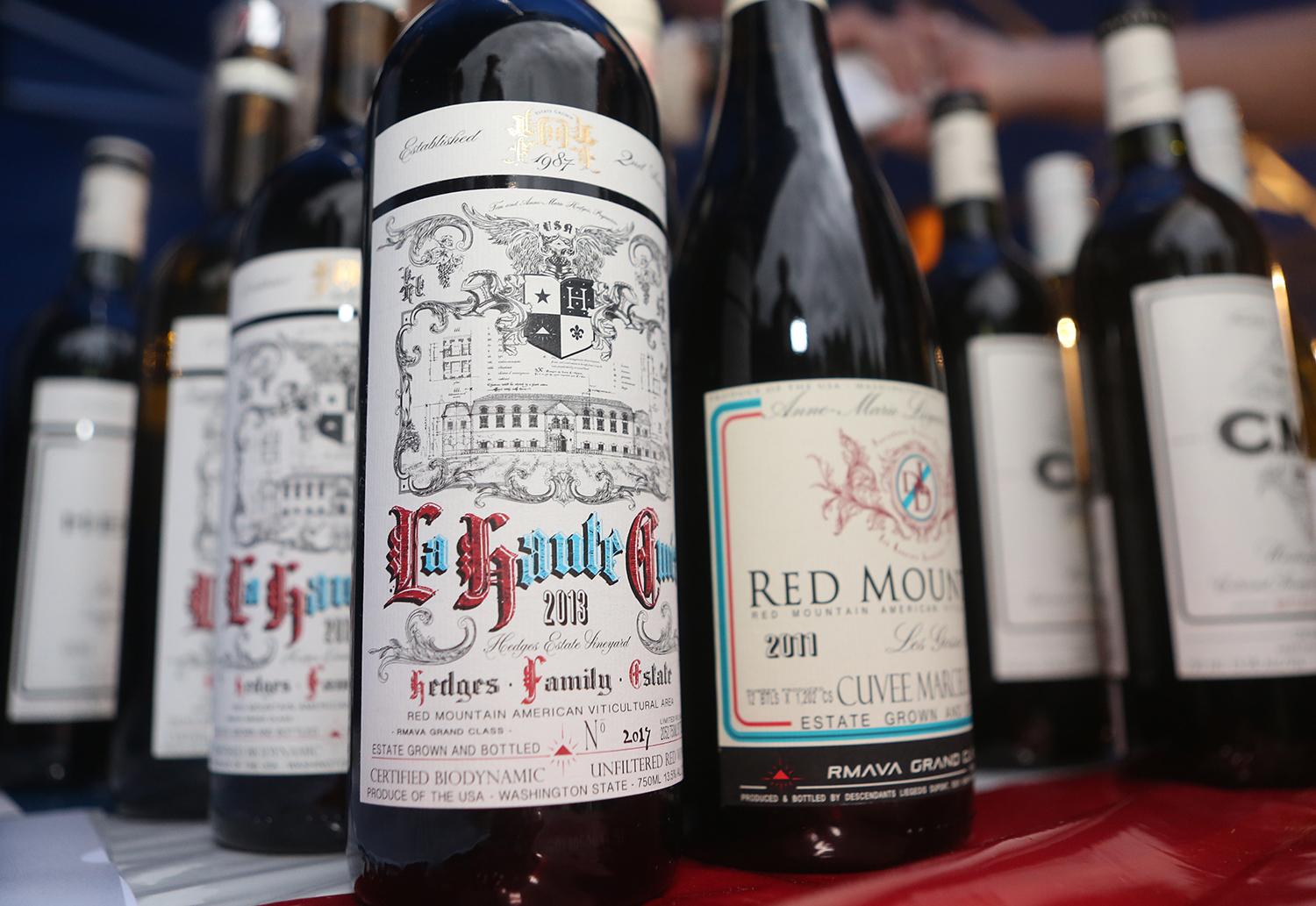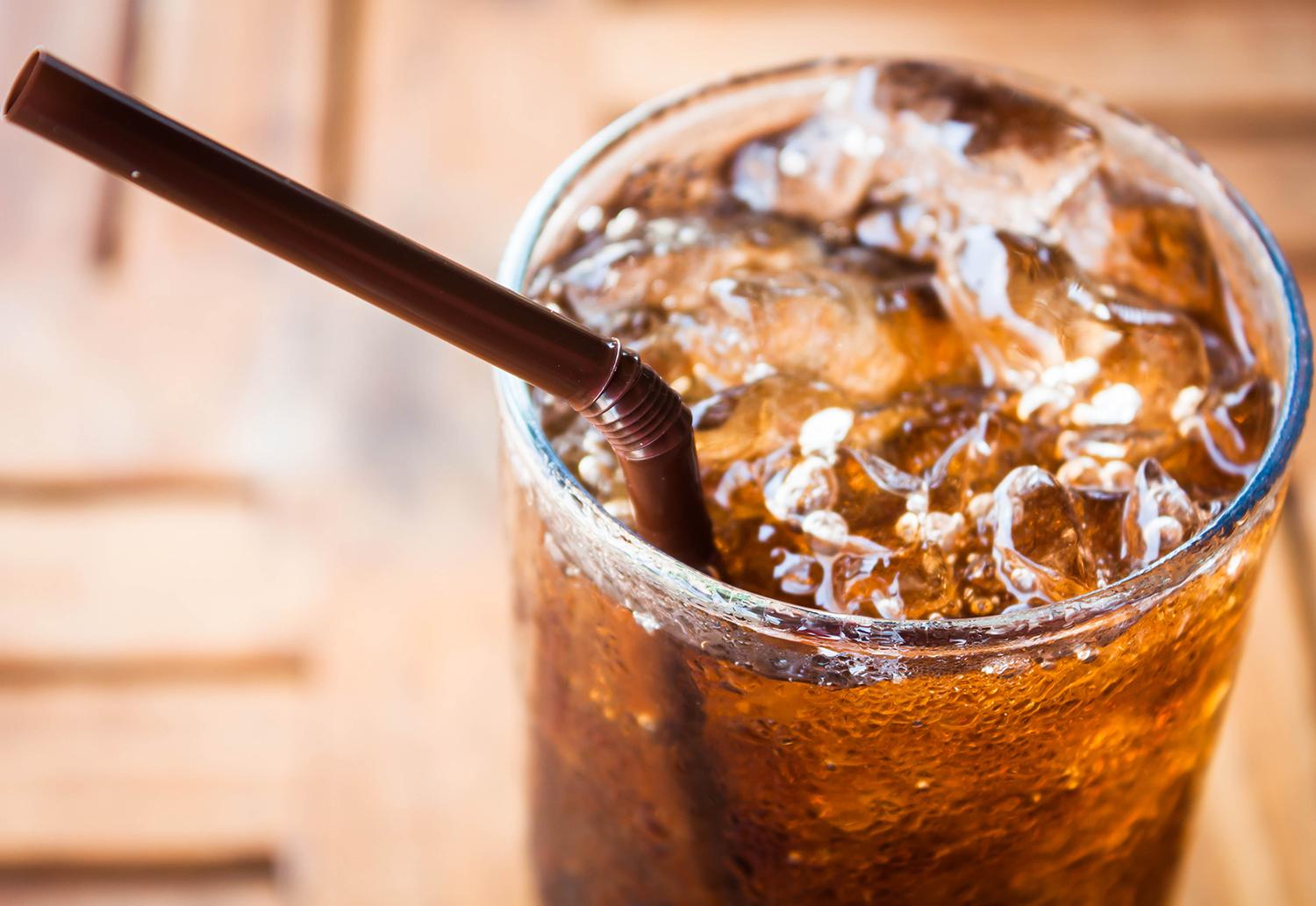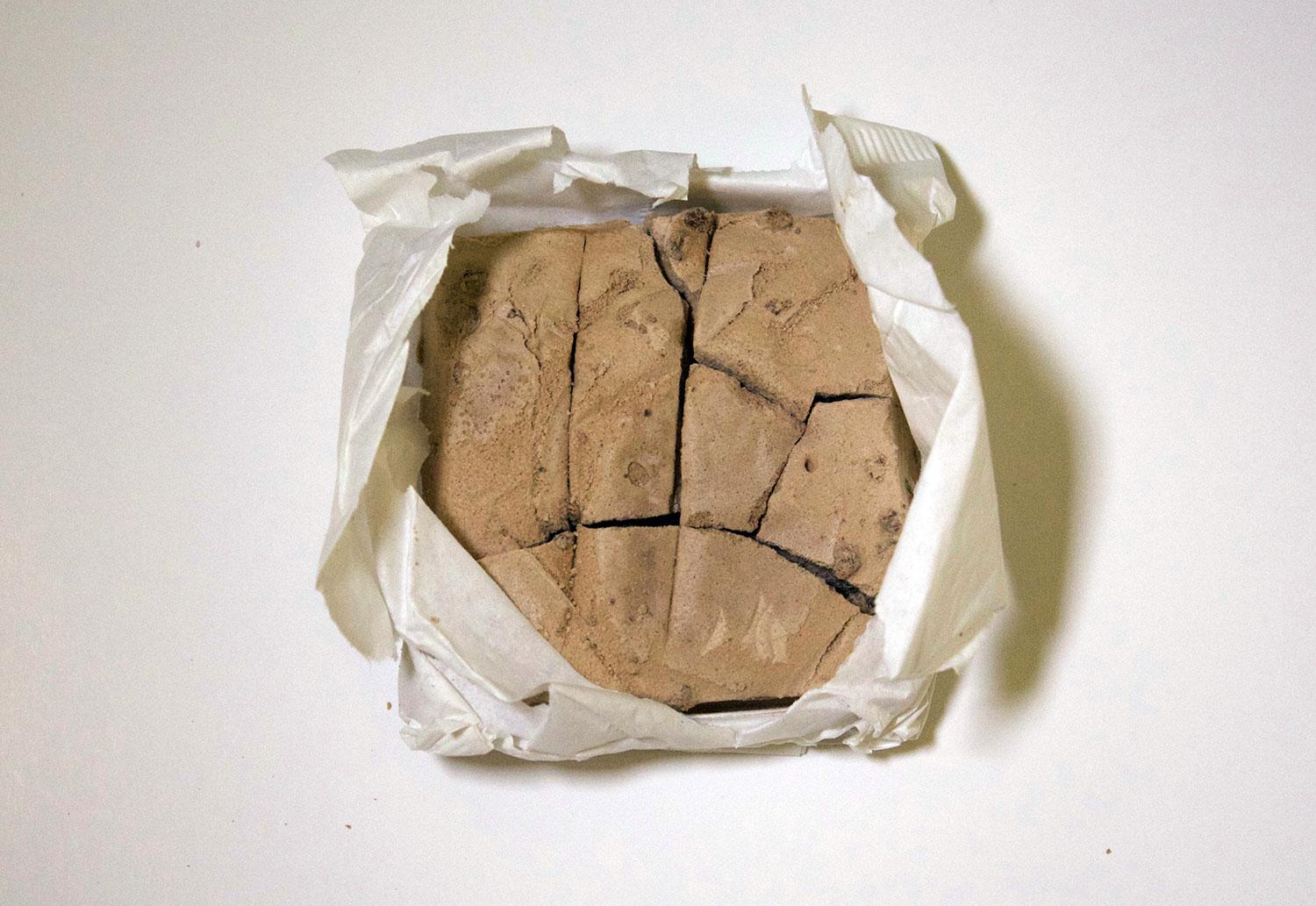
Man in anti-gravity.
Date:
Manned spaceflight began in 1961 when the Russian Cosmonaut Yuri Gagarin took man’s first flight beyond Earth’s atmosphere. Humans have, ever since, been exploring space through a variety of missions including the International Space Station, which has housed individual Astronauts and Cosmonauts for periods of up to a year. Nevertheless, life in space would not be possible with the often specialized foods that consumed in orbit and beyond. In a microgravity environment, however, certain foods are impractical.
Here are five foods that NASA Astronauts can’t eat in space:
1. Bread

Bread has long been avoided by the space program as it often lacks the structure and shelf life needed to work as space food. Instead, astronauts often use tortillas.
2. Alcohol

Bottles of Alchohol.
Russian space explorers, known as Cosmonauts, have a long tradition of consuming limited quantities of alcohol in space, but NASA astronauts are barred from having a drink in space.
3. Salt and Pepper

Salt, pepper and other granular spices and seasonings can make for a huge mess in microgravity. NASA has, instead, developed liquid alternatives for astronauts to use.
4. Soda

Glass of soda.
The carbonation in beverages like soda act differently in space than on Earth. As a result the carbon dioxide bubbles remain within the liquid as opposed to being released as a gas for an effervescent pop. This can cause astronauts digestive discomfort and, as a result, Coke and Sprite remain on the ground.
5. Astronaut Ice Cream

Astronaut Ice Cream.
Astronaut Ice Cream is one of the most popular souvenirs from science oriented gift shops around the world (It accounts for 7% of total sales in our own Sci Store, where we sell more than 30,000 packages each year), but there is no evidence of it ever having flown in space. Because of the brittle and crumbly nature of the dehydrated ice cream, Astronaut Ice Cream could interfere with sensitive equipment and make for a dusty environment in microgravity.

